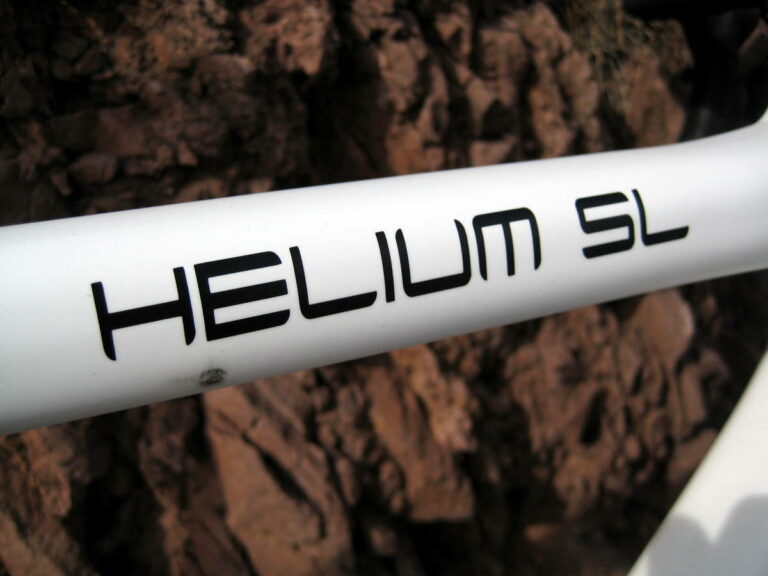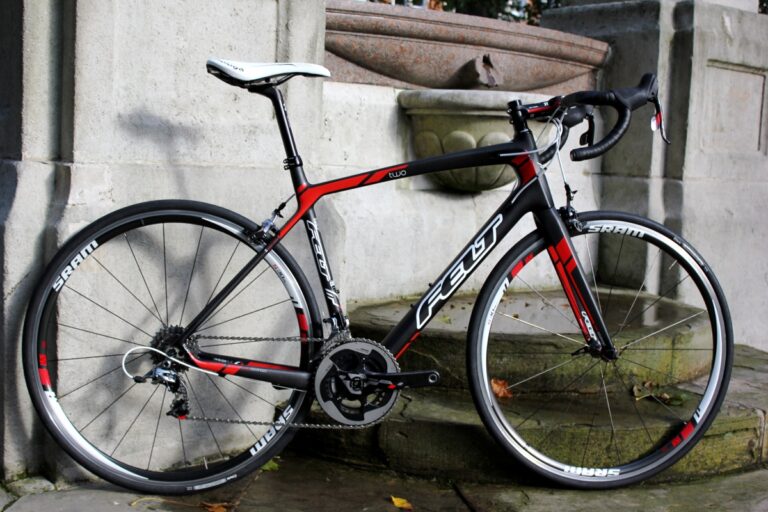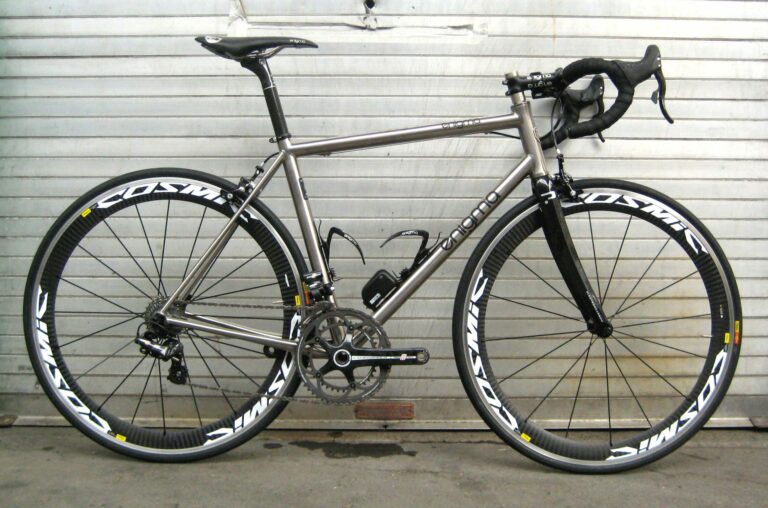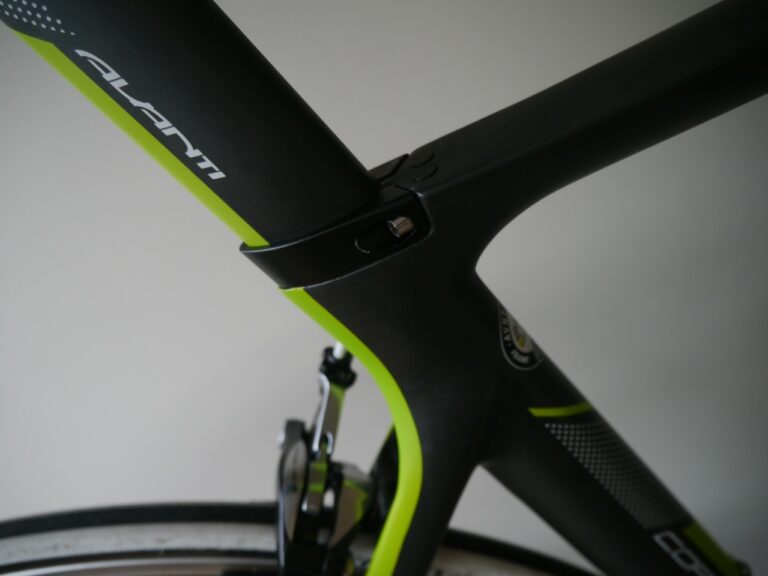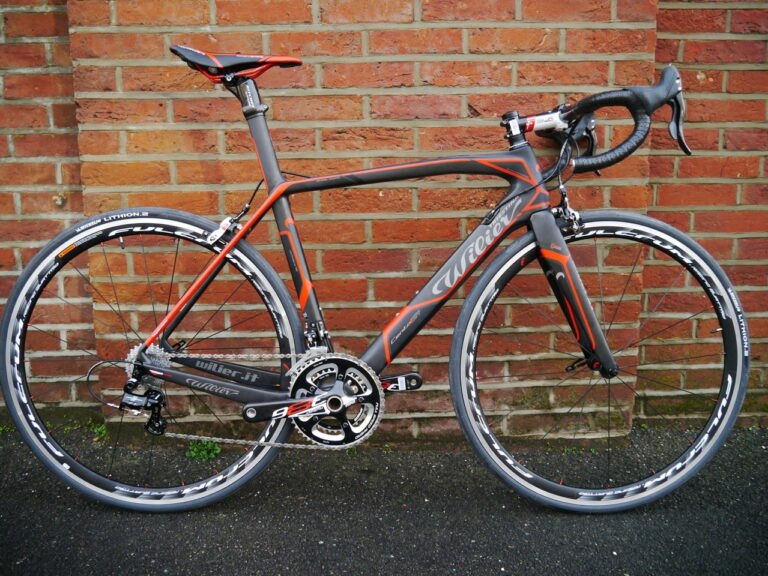The Vivelo ARC RS is a striking machine best suited to long days in the saddle.
Its aggressively sculpted appearance belies a character more inclined to endurance efforts than to racing.
Our first impressions tended to the opposite. The tight rear triangle, low-ish head tube and aero profiles all signposted a more speed-oriented machine. Instead, the Arc RS proved stable and predictable.

In most regards, the Arc RS was competent rather than outstanding.
The overall ride quality was smooth and forgiving. We’ve ridden significantly harsher machines, and it was the ability of the Arc RS to keep us comfortable during day-long efforts that was its most impressive feature. If this is the most important quality in your next machine, the Vivelo is worth getting to know better.
The flipside is that while the Arc RS delivers stability and comfort in spades, it offered little in the way of excitement. Feedback from the road was limited, a feature common in low to mid-range carbon frames (a steel frame will offer greater vitality, for example, but is likely to be heavier). This may be a good thing, depending on your purpose and experience. We mention it chiefly in regard to the disparity between the appearance of the Arc RS and its persona. This is a bike we’d take to a sportive rather than to a criterium.
The closest match between the Vivelo’s appearance and performance could be found in its stiffness. The giant down tube, huge bottom bracket shell, and beefy headtube all suggested a frameset resistant to flex, and this is what we found. Credit is due to Vivelo for producing a chassis that proved stiff, but not harsh; the greatest challenge for manufacturers working with carbon. The curved seat stays and subtle elbow bend at the chainstay may also have played a part in this regard.
The Arc RS climbed well, though without the impetus of some of the super lightweight machines we’ve tested previously, all of which, in fairness to Vivelo, are significantly more expensive. We tried it over a range of gradients, some well into double figures, and while we didn’t feel encumbered, found its progress measured, rather than electrifying.
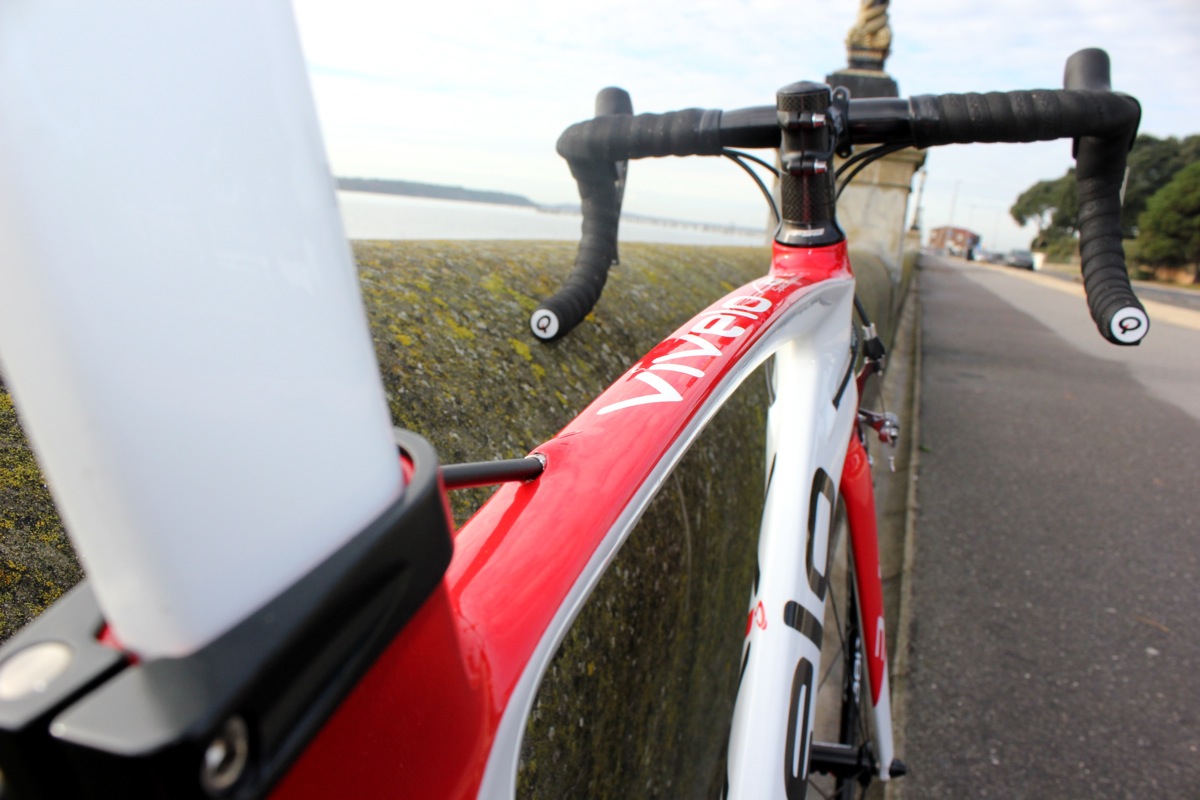
The first significant descent we encountered aboard the ARC RS was from a hill known locally as Zig Zag, one on which the road falls away sharply at the apex of some of its many hairpins, forcing the rider to take a wider line.
Despite such challenging terrain, and our then-lack of familiarity with the Arc RS, it coped well, and our trepidation at the beginning of the descent gave way to a growing confidence by the end. Such situations, encountered early in an acquaintance with a new bicycle, tend to form a lasting impression.
On one particularly steep and rough descent, we experienced a ‘speed wobble’. Our failure to replicate this sensation on other descents suggests the experience owed more to the terrain (and perhaps combined with the very stiff Marchisio TX100 wheels – separate review to follow) as any implicit handling characteristic.
The Arc RS cornered accurately, a feature we’d ascribe to the 73 degree head angle and 100mm stem. This was immediately obvious on the Zig Zag descent described above, but also on longer, more sweeping turns through which the Arc RS plotted a steady course.
We registered our approval for the specification in our ‘first look‘ and the components performed as well as we have come to expect from such established manufacturers. Again, credit to Vivelo for resisting the temptation to cut corners in the manner routine to some larger companies.
The Shimano 105 groupset performed as well as we’ve come to expect, offering precise shifting, even under load, and responsive braking (calipers are routinely replaced with generic units by larger manufacturers, to the detriment of the bike. That wasn’t the case here).
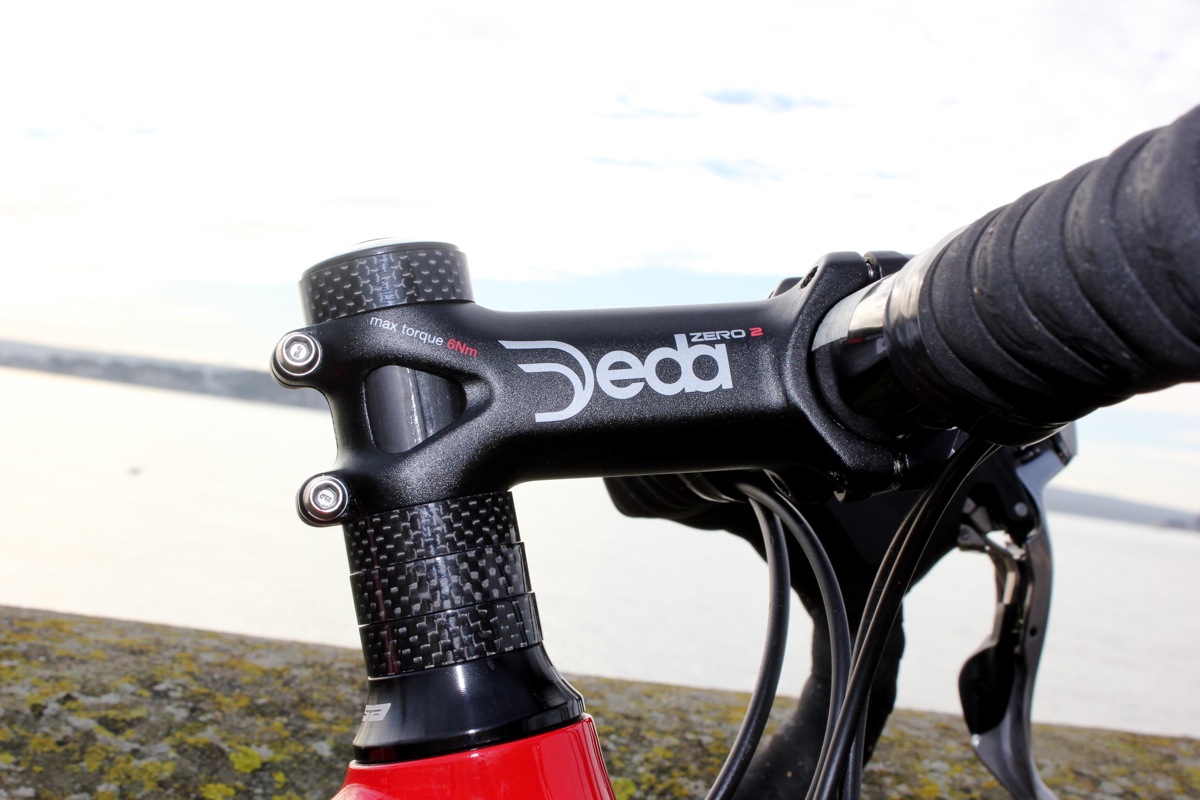
A review of the wheels will follow, but early impressions indicate a high degree of stiffness. The Schwalbe Ultremo ZX tyres are favourites here, and while they performed only adequately in the current weather conditions, past experience makes them a welcome inclusion for warmer climes.
The finishing kit was competent. The Pro Logo saddle was a nice match for the frame, but didn’t suit us: a personal observation and not a judgement on its quality. The aforementioned stem was neat and functional and the compact Deda RHM bar provided a range of comfortable positions.
Aside from the saddle, there’s nothing we’d be in a hurry to change here: a rare achievement in an industry that routinely rolls out £2,000 bicycles on £20 tyres, or with wheels specced in the cosy anticipation of a post-purchase upgrade.
To summarise, the Vivelo Arc RS is a machine that combines striking good looks with a stable persona. The ride quality is smooth, if a little isolating, and while it doesn’t deliver a thrill a minute, it offers no nasty surprises. The specification is excellent and shows a commitment to quality from Vivelo beyond the function of the components. If you’re seeking aggressive handling and a lively persona, look elsewhere. If, however, stability and comfort, and the reliability inherent with components from blue chip suppliers, top your list of priorities, this could be for you.
The Vivelo Arc RS comes in eight sizes from 46cm to 61cm, and with custom colour options.
Our test bike sells for £2,100. Other specifications are available at additional cost. Add £150 for Campagnolo Athena, £210 for Shimano Ultegra 6700/6750, £750 for Shimano Dura Ace 9000, or £800 for Campagnolo Super Record.


